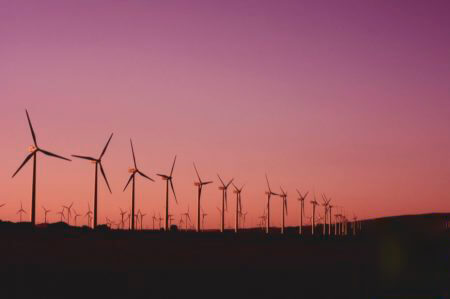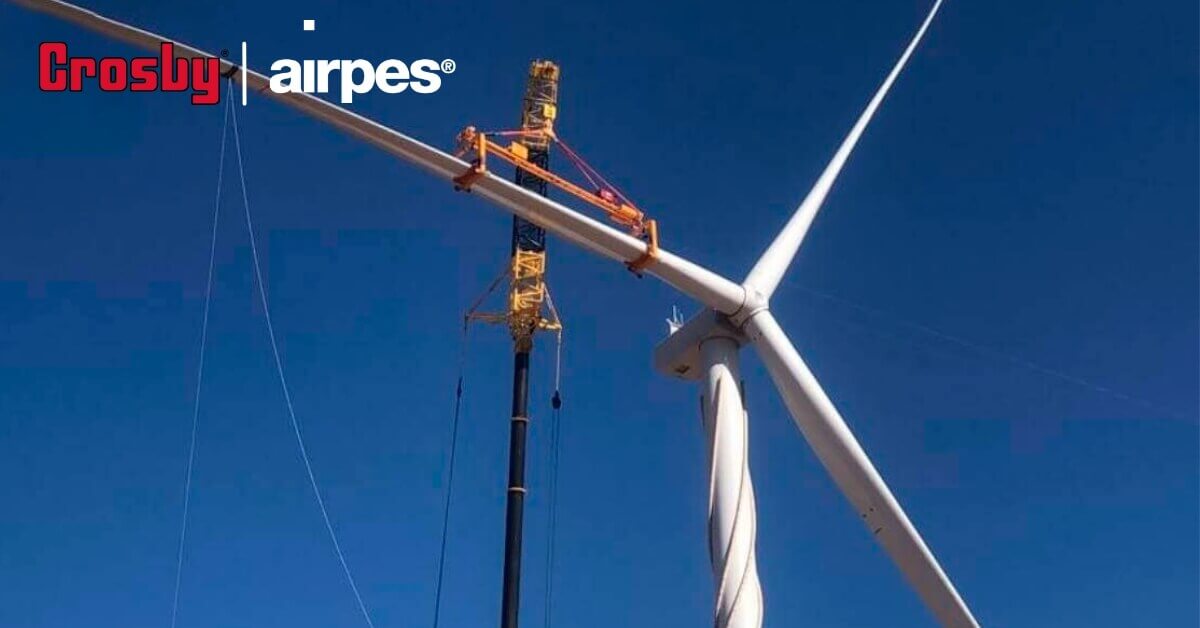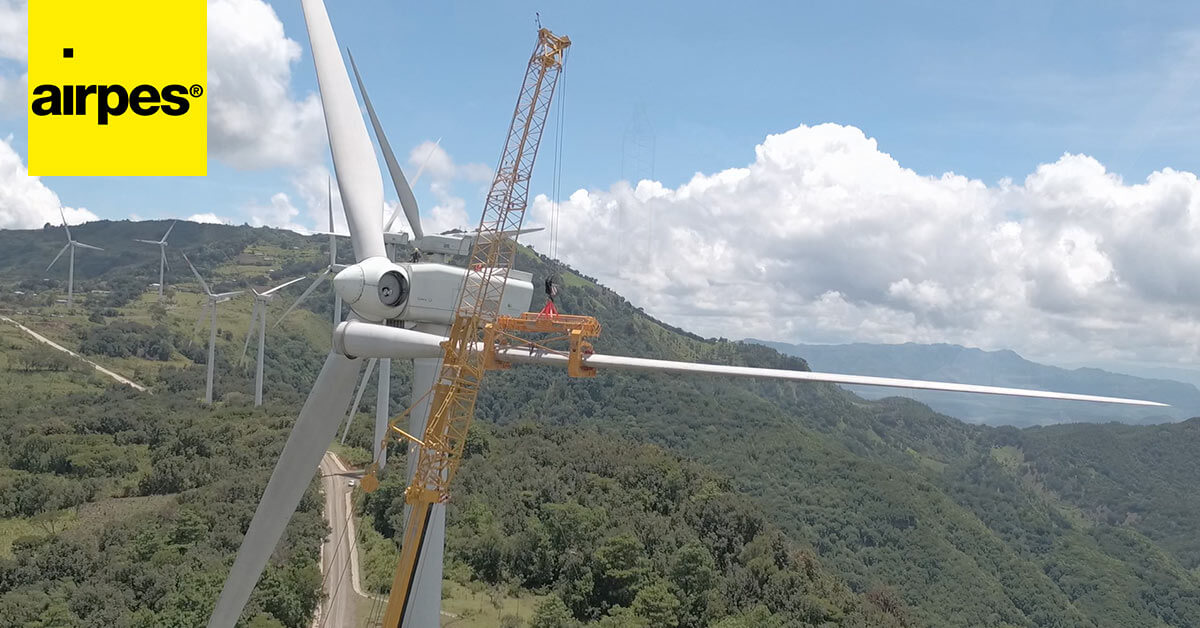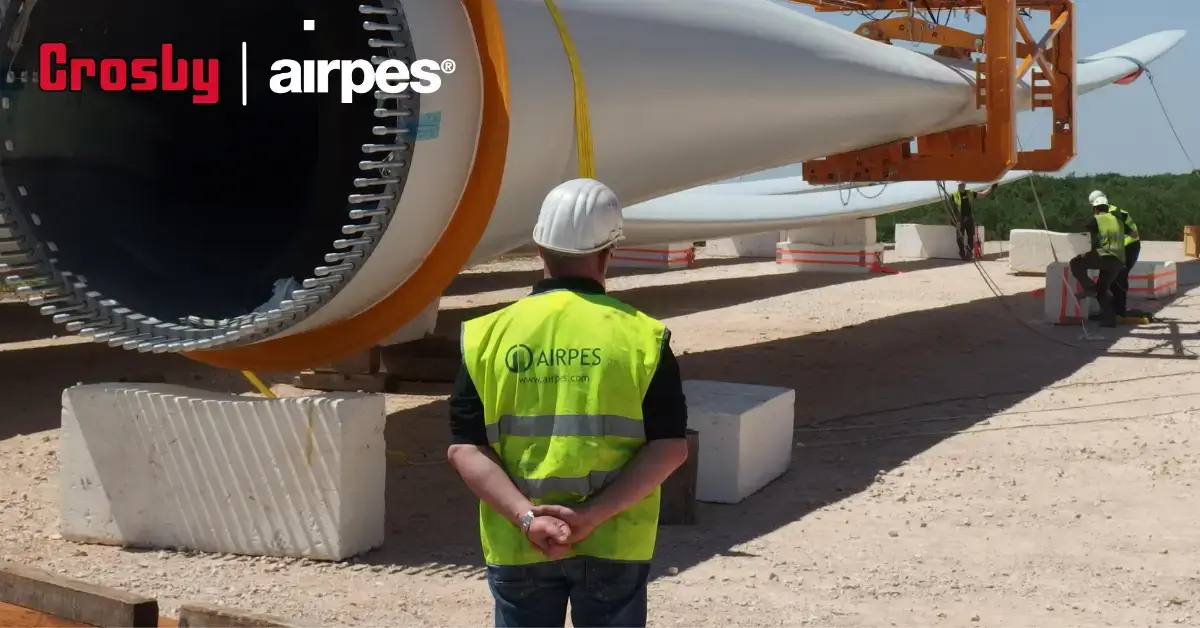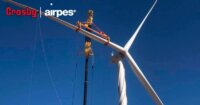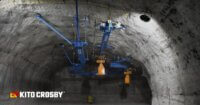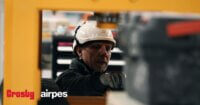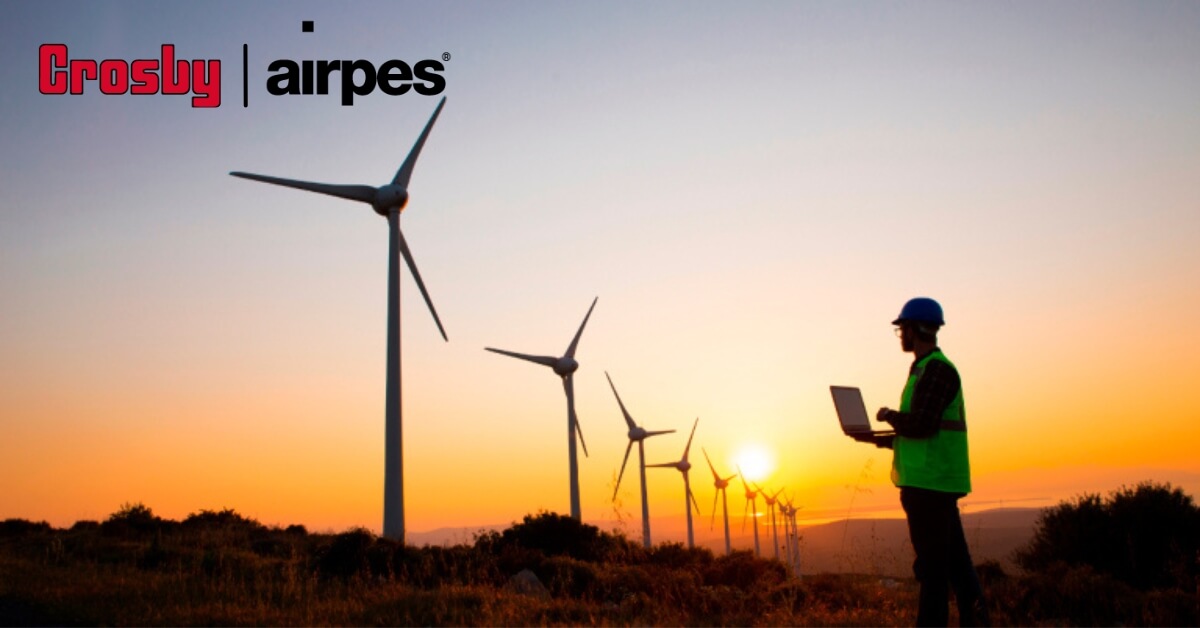
Wind turbine installation can be complex and lengthy, requiring careful planning and execution. The process involves conducting a specialized site study, constructing a foundation, and installing the tower, blades, and entire turbine.
Wind turbines have a lifespan of approximately 20 years, and advancements in technology and materials have improved their durability and efficiency. In this article, we will explore the steps involved in wind turbine installation and the importance of regular maintenance.
In this post we are going to see in a brief way how to make the installation of a wind turbine from the point of view of the installation of the tower, the blades and the whole turbine itself.
How are wind turbines installed?
Before starting the process, wind turbine installers must conduct a detailed study. The study includes:
- Measuring wind speeds for at least three months to determine the project’s feasibility.
- Analyzing the topography of the terrain.
- Assessing accessibility.
- Evaluating typical weather conditions.
Knowing the difference between onshore and offshore wind farms is crucial in this project. The information obtained in the previous study is crucial for planning the requirements for wind turbine installation and electrical infrastructure. Additionally, engineers must conduct a grounding research to check the composition of the soil, which is necessary for planning electrical connections. They must also consider the vibrations of the turbine itself and all the physics involved in properly operating and supporting the turbine.
What about wind turbine installation companies
Companies installing wind turbines need experts in machinery and civil engineering, especially for more extensive and taller turbines that require better and more stable winds, in short, a wind turbine maintenance plan.
After constructing the foundation, it is necessary to wait at least two weeks for the concrete base to settle into the ground. Engineers must consider the physics involved in properly operating and supporting the turbine when building the foundation. This includes considering the vibrations of the turbine itself.
How to install the wind turbine? Steps to follow
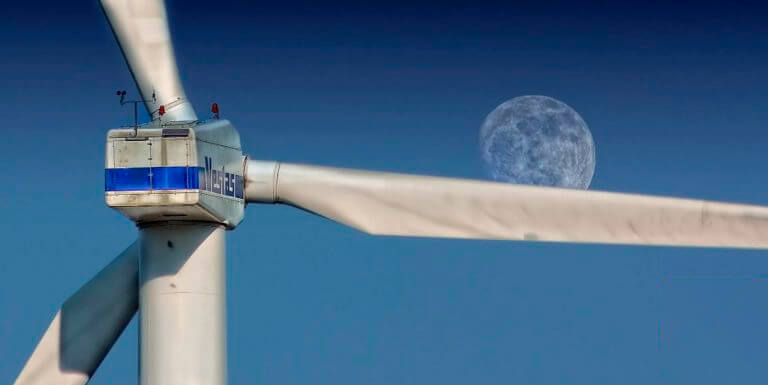
Wind turbine installation cost depends on several factors, including the size and type of turbine system, heavy machinery, and civil engineering experts may be required. The duration and complexity of the process will depend on the size and type of turbine being installed. Installing a wind turbine requires a multidisciplinary design, high-capacity engineering, and specialized cranes.
- Tower Installation: The first step in wind turbine installation is installing the tower. Due to its height cannot be installed in one piece and must be done in parts. Cranes of great capacity are used to construct the tower and allow for the assembly of the various pieces. The time it takes to complete this task depends on the turbine’s size and the difficulty, such as terrain, weather conditions, etc.
- Nacelle Installation: The next step is the assembly of the nacelle, which varies in size and characteristics according to the size of the wind turbine. The nacelle can rotate 360º to orient itself toward the wind direction.
- Blade Installation: The final step in the wind turbine installation process is the installation of the blades. The blades are directly connected to the nacelle and the rotor, and are responsible for moving to initiate or stop the rotation and energy production. In small wind turbines, the rotor is lifted with the blades already attached, which is impossible in modern and larger wind turbines. Heavy and difficult to handle cranes are typically used for their installation. To solve this problem and increase installation efficiency, Crosby Airpes has developed a Blade Change System for Wind Turbine Rotors Without a Crane, which allows for rotating the rotor/nacelle when one or two blades are missing, allowing engineers to install the blades individually. Additionally, the system provides for lifting the edge using only the tower’s structure, reducing crane rental and deployment costs. With this system, wind turbine blade installation is more efficient, economical, safe, and comfortable.
- Testing and Commissioning: Once the wind turbine installation is completed, testing and commissioning of the system follow, including checking that all components are functioning correctly and that the wind turbine generates electrical power. Safety tests are also performed, and compliance with applicable regulations.
A wind turbine maintenance plan is necessary to ensure proper operation and extend lifespan. This plan may include periodic inspections, repairing and replacing damaged parts, lubricating moving components, and cleaning the rotor and blades to remove dirt or ice build-up. Regular maintenance may include software updates for control and monitoring to improve wind turbine efficiency and safety. It is essential to perform maintenance on a scheduled basis and according to the manufacturer’s specifications to ensure worker safety and environmental protection. At Crosby Airpes, we focus on providing solutions to optimize the maintenance process for wind turbines.
Techniques to operate correctly with a wind turbine
Rotor Blade Maintenance: The rotor blades are exposed to harsh environmental conditions, including wind, rain, ice, and dust, which can cause wear and tear. Regular maintenance of the edges is essential to ensure optimal performance and avoid production losses. This includes visual inspection, cleaning, and repairing any damages or defects. Additionally, periodic calibration of the blade pitch angle is necessary to ensure that the blades operate at the correct angle to maximize energy production.
Gearbox maintenance: One of the most crucial parts of a wind turbine system, the gearbox can lead to considerable production losses and downtime. The gearbox requires frequent maintenance and inspection to maintain proper operation. This entails examining the oil’s quality and quantity, lubricating the gears, and inspecting the vehicle for damage. Frequent inspection and upkeep might aid in spotting issues before they cause significant failures and downtime.
Electrical System Maintenance: The electrical system of a wind turbine is essential to ensure proper operation and safety. This includes checking for loose connections, insulation, and electrical continuity. Regular calibration of the sensors and control systems is necessary to ensure accurate readings and optimal performance.
Are you looking for assistance in the wind energy sector?
At Crosby Airpes, we are your reliable partner for the wind industry and wind farm’s assembly, installation, and logistics. Our solutions are designed to improve safety efficiency, and performance while reducing downtime and maintenance costs. Contact us today to learn more about our solutions and how we can help you achieve your wind energy goals.

